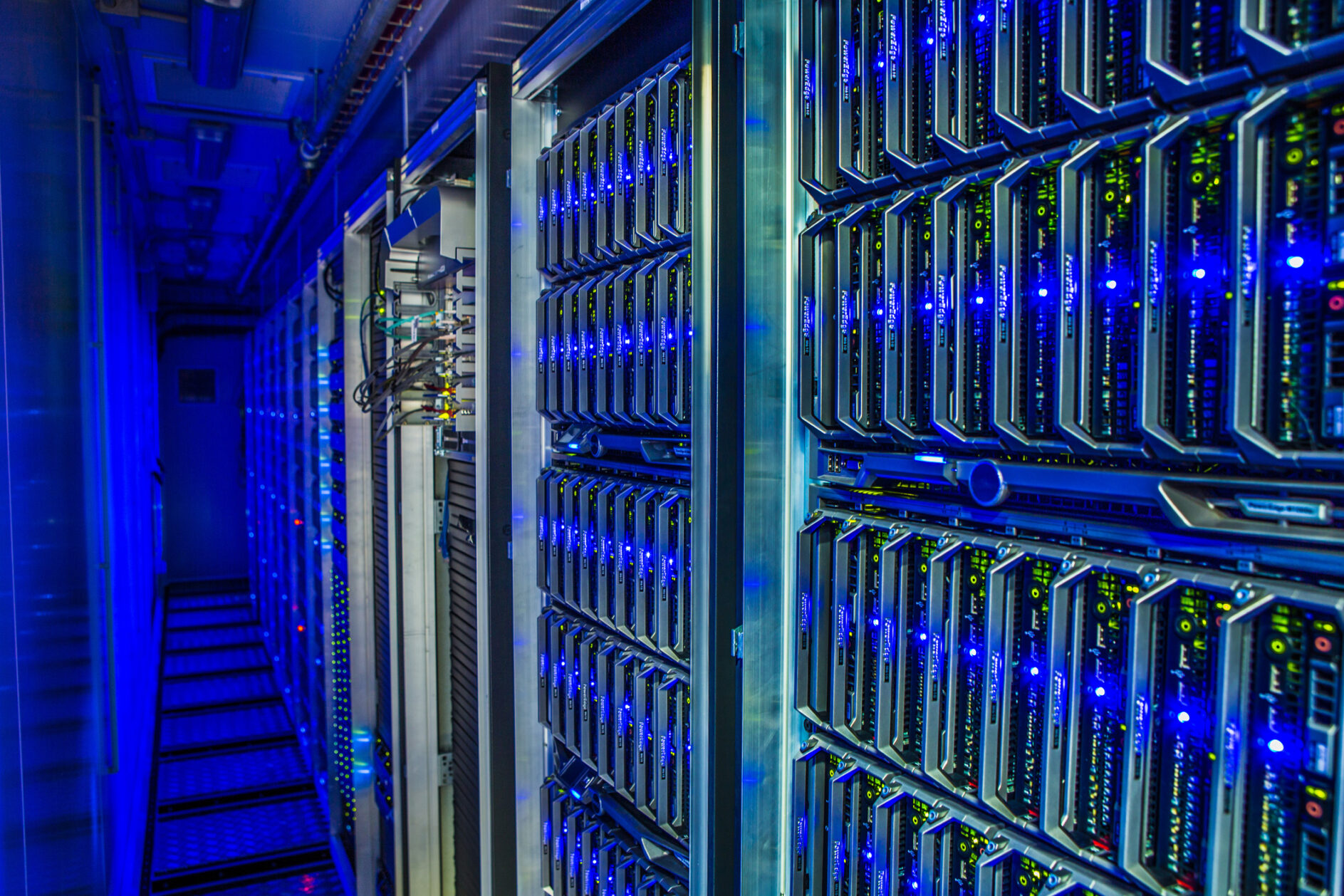 The much-anticipated Dell EMC PowerStore was announced yesterday, the heir apparent to both the Dell EMC Unity and the SC technology portfolios.
The much-anticipated Dell EMC PowerStore was announced yesterday, the heir apparent to both the Dell EMC Unity and the SC technology portfolios.
At first glance, PowerStore delivers on all the expectations nearly anyone might have for a next generation mid-range storage array. You name it, it has it, including end-to-end NVMe, support for block and file storage, ability to scale up and/or out, a host of enterprise storage features, and a 4:1 data reduction ratio guarantee.
But anyone can read the data sheet. What’s more interesting is some of PowerStore’s other capabilities, features, and design decisions that push the boundaries of what one might expect for a mid-range storage array, even a next generation one.
As I understand it, PowerStore is a completely new architecture, container-based, designed from the ground up by Dell Technologies. These design decisions offer some valuable benefits to application mobility, integrated intelligence, and consumption flexibility for today’s environments. Maybe more importantly, however, these features introduce some interesting options on how PowerStore, and maybe on-premises storage in general, can and should evolve to address business demands moving forward. And it begins with PowerStore’s new AppsON feature.
Application Mobility and Flexibility with AppsON
PowerStore integrates VMware vSphere technology inside the array to deliver a feature called AppsON, which allows for applications to be run directly on the PowerStore system. While I expect some to confuse this technology with hyperconverged, I don’t see the feature used in isolation. I see it functioning more often as part of a larger virtualization environment, such as a VMware-based hybrid cloud ecosystem. Deploy and move apps to the right infrastructure, whether that is PowerStore, HCI, an ESXi server, or public cloud services, based on current demand with flexibility to shift apps as demands change. The potential to improve overall resource utilization with a feature like this is especially interesting, given a non-insignificant level of business uncertainty over the next few quarters.
Integrated Intelligence and Designed to be Programmable
IT is facing a personnel shortage crisis, and I am pretty sure that the current pandemic is not going to help things. Modern IT experts must wear multiple hats, making sure all the existing operations are available, optimized, and maintained while also finding time and resources to support new digital opportunities and initiatives. It is time for IT infrastructure to start addressing the first set of needs, so the valuable IT personnel can address the second set. Along these lines, PowerStore offers integrated machine learning that ensures that the system is always optimized. PowerStore is also designed to be programmable to support modern, container-based, DevOps environments. Developers can be allowed to provision their own resources, accelerating app development schedules and reducing the IT burden.
Consumption Flexibility
Technology vendors must continue to improve and simplify the ownership experience, and payment flexibility offers vendors another avenue to help their customers. Businesses need more flexibility on how they build, deploy, and run applications. Offering payment flexibility for storage resources can help greatly in that regard. In a recent ESG study, 58% of storage admins prefer some form of a pay-per-use model for on-premises storage infrastructure. PowerStore offers not just one, but two flexible pay-per-use consumption models with both short-and-long term commitment options, including a new one-year term for flexible consumption.
Ultimately, you can look at PowerStore with one of two lenses. You can look at it simply as a next gen storage array. And with that lens, PowerStore looks attractive, offering a host of features and benefits. But what might be more important and more valuable is to look at PowerStore with a lens that emphasizes PowerStore’s role in delivering a modern data center environment, one that requires application deployment flexibility, integrated intelligence to optimize resource usage, and accelerated container-based DevOps environments with programmable infrastructure provisioning.
It is with that second lens, the one that judges technology not just by how it compares to the previous version, but by how will it hold up to the demands of the future that we should use to evaluate new technology.
Good news for PowerStore is it looks to hold up under both lenses, a great start for a new technology and a new brand. It will be interesting to see how Dell Technologies evolves PowerStore moving forward.






